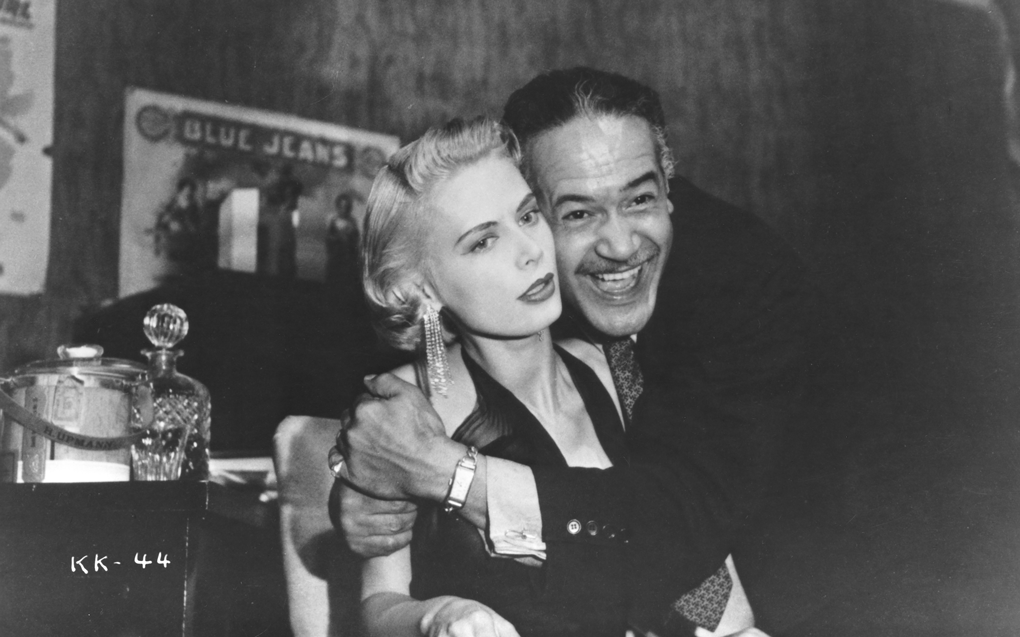Opening Night of Locarno in Beirut: Killer's Kiss
Wednesday 23 May 2018, 19:00 to 22:00
In English
Free admission

Please join us for the opening night of Locarno in Beirut: Celebrating 70 Years of Locarno Festival.
To mark the opening of the film festival, there will be a reception on the esplanade starting at 19:00, with welcome words by the Ambassador of Switzerland in Lebanon, Monika Schmutz Kirgöz, and the Director of Metropolis Cinema, Hania Mroué.
At 20:30, Killer's Kiss (1955), directed by Stanley Kubrick, will be screened outdoors.
To see the full film program, please click here.
Killer's Kiss
Dir. Stanley Kubrick, 1955
HD, 67'
In English
Cast: Frank Silvera, Jamie Smith, Irene Kane
Director of photography: Stanley Kubrick
Music: Gerald Fried
Editing: Stanley Kubrick
Best Director Prize - Locarno International Film Festival 1959
An ex-boxer finds love in the arms of a Times Square taxi dancer, but her boss just won't let them be. Strikingly shot on NYC locations, a film noir featuring several notable set pieces, including an unforgettable battle among mannequins.
Stanley Kubrick was an American motion-picture director and writer whose films are characterized by his dramatic visual style, meticulous attention to detail, and a detached, often ironic or pessimistic perspective. Kubrick was nearly as well known for his reclusive lifestyle in the English countryside as for his painstaking approach to researching, writing, photographing, and editing his infrequent but always much-debated films. Kubrick's second and third films Killer's Kiss (1955) and The Killing (1956) brought him to the attention of Hollywood, and in 1957 he directed Kirk Douglas in Paths of Glory (1957). The scientific realism and innovative special effects of 2001: A Space Odyssey (1968) were without precedent in the history of cinema, and the film earned him his only personal Oscar for Best Visual Effects. Steven Spielberg has referred to the film as his generation's "big bang," and it is regarded as one of the greatest films ever made. For the 18th-century period film Barry Lyndon (1975), Kubrick obtained lenses developed by Zeiss for NASA, to film scenes under natural candlelight. With The Shining (1980), he became one of the first directors to make use of a Steadicam for stabilized and fluid tracking shots.
